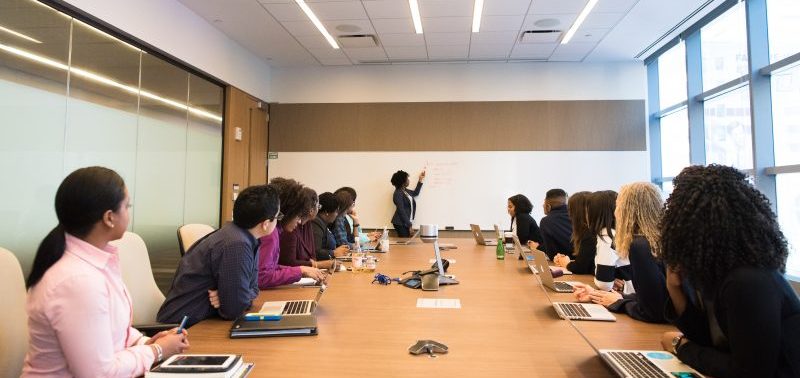 Today’s adult learners want to learn and solve problems with their peers and colleagues. Learning communities and learning collaboratives connect people, organizations and systems that are interested in learning together. They are a great tool to foster a more personalized learning experience and support a variety of learners.
Today’s adult learners want to learn and solve problems with their peers and colleagues. Learning communities and learning collaboratives connect people, organizations and systems that are interested in learning together. They are a great tool to foster a more personalized learning experience and support a variety of learners.
If you want to create or improve a learning collaborative, here are a few ideas to help you facilitate one with more impact.
Help learners discover their ‘learning why’
Take some time to help learners consider ‘why’ they want to participate in a learning collaborative. You may want to ask them to identify values, beliefs, interests or ambitions that led them to join the group. In other words, encourage the group to clearly identify some specific challenges they want to solve or goals to meet and why they want to do so. Defining these things will keep learners motivated, engaged and meeting learning goals.
Prepare to coach the group toward results
The International Coaching Federation defines coaching as partnering with clients in a thought-provoking and creative process that inspires them to maximize their personal and professional potential. Coaching seeks to bridge the gap between where people are and where they want to be. Members of a learning collaborative benefit from a facilitator and members who have a coaching mindset. As a facilitator, become familiar with good coaching questions. Build some coaching skills in your group.
Create shared norms and safe spaces
Learning collaboratives, like any group, should establish expectations and group norms. To create a positive and safe environment, learners must be willing to listen to and respect different points of view. For example, learners should tolerate divergent opinions and engage in discussion and conversation, rather than speech-making and debate. As the facilitator, take time with the learning collaborative to build a shared understanding of how the group will create an environment that is democratic, best meets the needs of all learners and encourages mutual respect for the ideas and opinions of others. Doing this will develop a sense of commitment and responsibility to the group.
Facilitate assessments in the learning process
Assessments are a good tool to keep learning collaboratives focused and adding value to its members. Assessments can be formal or informal. Consider conducting self-assessments, or peer assessments for group members to evaluate their own and others’ contributions. Often keeping this simple is best.
Get S.M.A.R.T.
As the facilitator, you want to keep learners focused on goals. You are likely familiar with ‘SMART’ goals. This is a simple framework to facilitate the collaborative to move in the desired direction. Have learners set goals that are Specific, Measurable, Attainable, Results-oriented, and Time-bound (SMART)!
Traci Warnberg-Lemm is the owner of Social Motion, a training, coaching and consulting company that energizes civic, policy and community-based solutions and supports leaders that drive them. Traci has over 20 years of experience working with and within government in the U.S. and internationally. She specializes in interagency and cross-sector projects and all things related to learning, collaboration, leadership and collective impact. Traci is a trained facilitator, social innovator, instructional designer and coach working with government leaders.
Interested in becoming a Featured Contributor? Email topics you’re interested in covering for GovLoop to featuredcontributors@govloop.com. And to read more from our summer/fall 2021 Cohort, here is a full list of every Featured Contributor during this cohort and a link to their stories.





Leave a Reply
You must be logged in to post a comment.